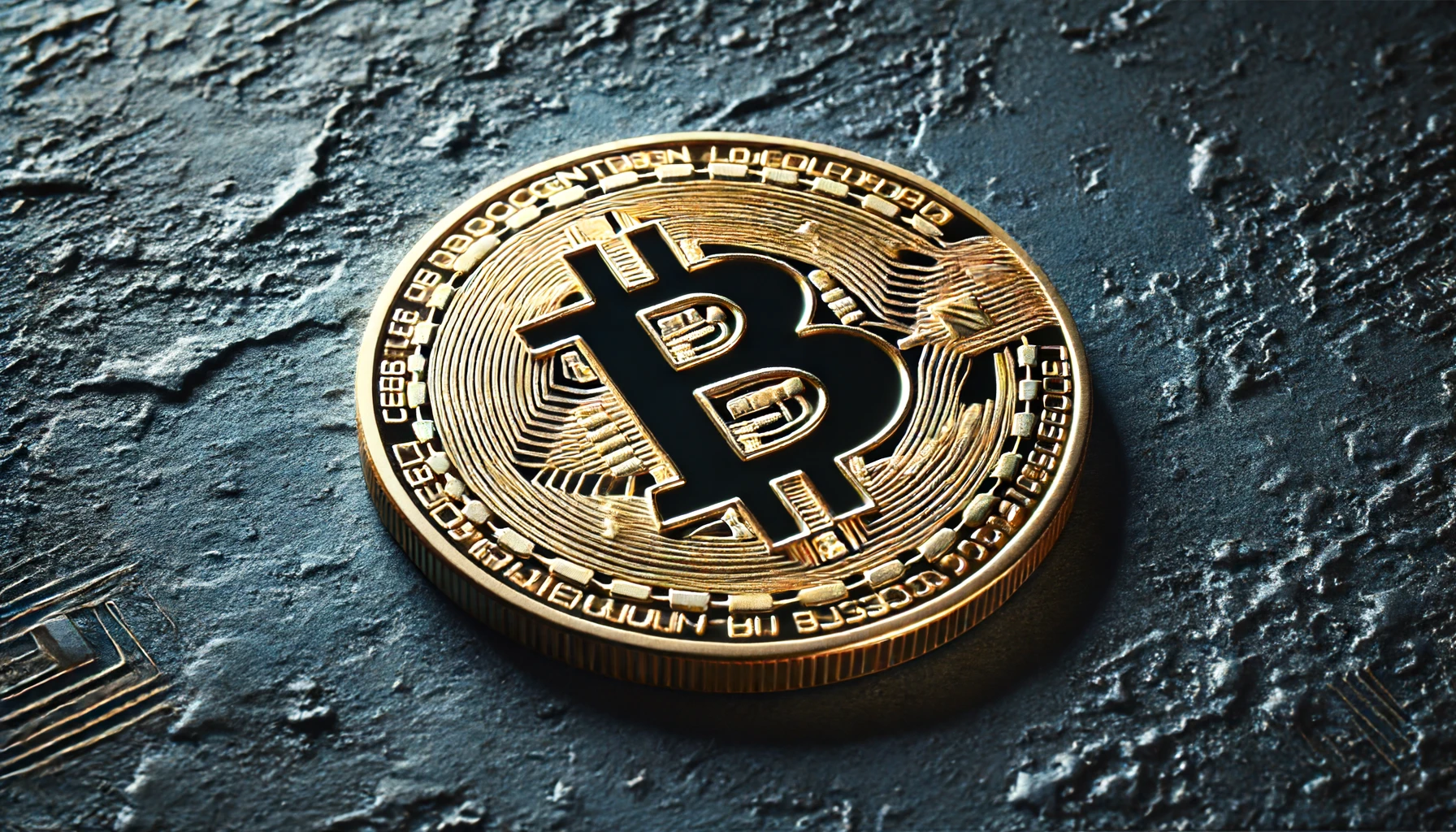The year 2024 has seen a disturbing rise in crypto-related crimes, particularly in the form of hacks and ransomware attacks. Chainalysis reports an 84% increase in stolen funds, highlighting the need for stronger security measures across the cryptocurrency landscape.
Points
- Crypto hacks have surged in 2024, with stolen funds exceeding $1.58 billion by July.
- Ransomware payments are on track to set a new record, with $459.8 million paid by mid-year.
- Centralized exchanges are once again the primary targets for cybercriminals.
- The rising value of cryptocurrencies is making them more attractive to hackers.
In 2024, the cryptocurrency world has been rocked by a sharp increase in criminal activities, particularly hacks and ransomware attacks. According to the latest report from Chainalysis, a leading blockchain analytics firm, the total value of stolen crypto assets has soared to $1.58 billion by the end of July, representing an 84% increase from the same period in 2023. This spike in illicit activity underscores the growing threats facing the industry as it continues to expand.
Rise of Crypto Hacks
Despite the relatively stable number of hacking incidents—up by just 2.76% year-over-year—the average value stolen per incident has seen a dramatic rise. In 2024, the average hack has resulted in a loss of $10.6 million, nearly double the amount seen in 2023. This increase is largely attributed to the rising value of major cryptocurrencies like Bitcoin, which has seen a significant price surge, making them more attractive targets for hackers.

The trend of cybercriminals targeting centralized exchanges has returned, following a brief period where decentralized finance (DeFi) platforms were the primary focus. Centralized exchanges, which hold large amounts of user funds, have once again become the preferred targets for hackers. This shift is concerning as it suggests that even the most secure platforms are vulnerable to increasingly sophisticated attacks.
Ransomware Payments Hit New Highs
Ransomware attacks have also seen a worrying increase in 2024. By mid-year, ransom payments had already reached $459.8 million, putting 2024 on track to become the worst year on record for ransomware. This rise is indicative of the growing threat posed by ransomware groups, which have continued to evolve their tactics despite efforts to dismantle major operators like LockBit and ALPHV/BlackCat.
These groups have become more innovative, developing new methods for breaching systems and demanding increasingly larger ransom payments. The highest single payment reported this year was approximately $75 million, paid by a major corporation to the Dark Angels ransomware group. This highlights the immense financial impact these attacks can have on their victims.
Centralized Exchanges Back in the Crosshairs
The return of hackers to centralized exchanges as primary targets marks a significant shift in the cybersecurity landscape. After focusing on DeFi services and cross-chain bridges in recent years, attackers are now leveraging advanced social engineering techniques to infiltrate centralized platforms. This trend poses a serious threat to the security of user funds and could undermine confidence in these exchanges.
As the value of cryptocurrencies continues to rise, the potential rewards for successful attacks grow ever larger. This has prompted calls for stricter security measures and better regulatory oversight to protect the industry from further losses.
解説
- Crypto Security: The rising value of cryptocurrencies makes them more attractive to hackers, emphasizing the need for robust security protocols across all platforms.
- Ransomware Evolution: Ransomware groups are becoming more sophisticated, employing new tactics to maximize their financial gains, which is a major concern for all industries.
- Regulatory Implications: The increase in attacks on centralized exchanges may lead to tighter regulations and increased scrutiny from authorities, as the industry seeks to protect users from further losses.
